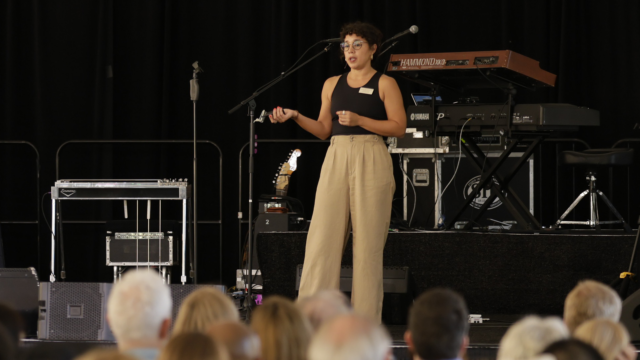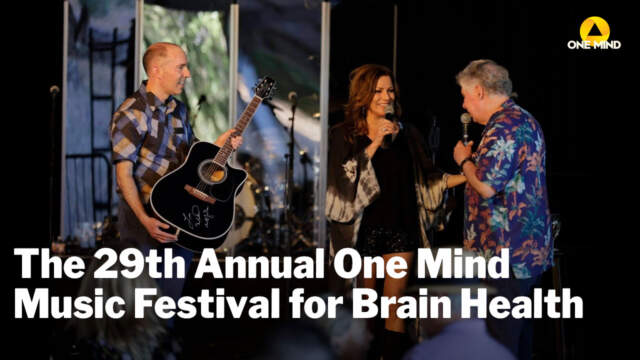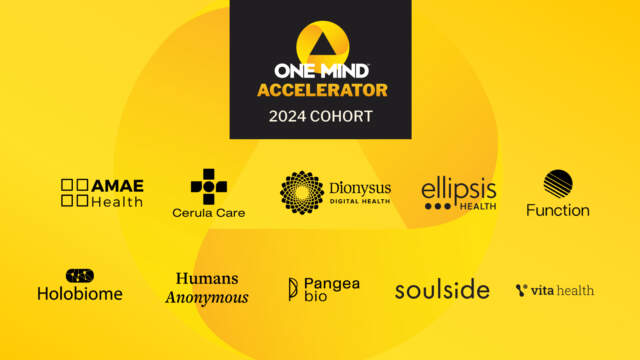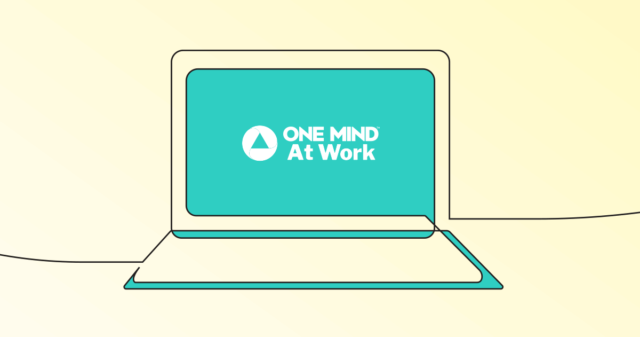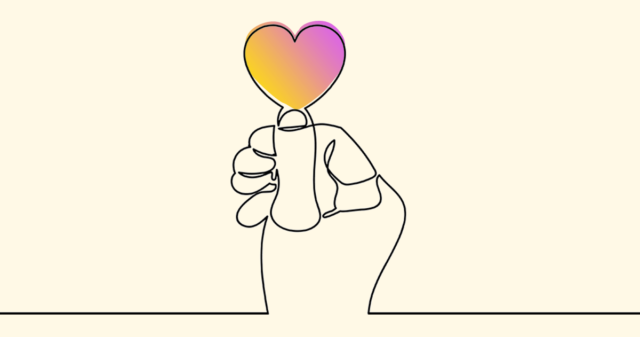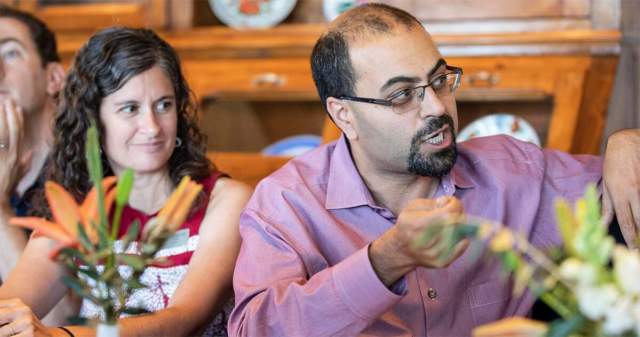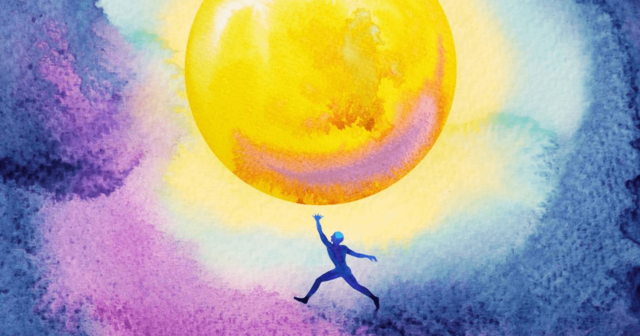Along with Mental Health America, PeaceLove and a number of other leading brain health and arts organizations, as a participant in this project, One Mind looks to leverage the power of artistic expressions to break down stigma about brain illnesses while building greater empathy and understanding.
This globally focused project is influenced by two key facts:
- Globally, one person out of four will be affected by a mental or neurological disorder at some point in his or her life[i]; yet, stigma and discrimination often keep people from seeking proper care and treatment in developed and under-developed countries alike.
- Scientific insights hold the answers as to why brain illnesses exist and how we can treat them, providing the logic as to why there should be no stigma – because brain illnesses are biologically based like other illnesses. Art can help transcend brain illnesses and lead to a better understanding of them.
With consideration to the above, the Champions of Science: The Art of Ending Stigma project will encourage people to share artistic expressions about brain illnesses and the importance of overcoming stigma on the project’s newly launched www.artofendingstigma.com website. People can submit their artwork to be featured in an online gallery on the website and support their submitted artwork and that of others by sharing it on social media using the hashtag #ArtofEndingStigma.
Looking to educate about the biological basis of these diseases, the project’s website also features educational resources about brain illnesses and combatting stigma, along with suggestions about how to seek help or offer support to those who are experiencing brain health challenges.
With a 23-year history of producing the Music Festival for Brain Health, the founders of One Mind, and by extension the One Mind staff, have a long-rooted understanding to how artistic expressions can be transformative, both for the people sharing the art and for those who receive it. We know that art can be used to tell stories, to share emotions and to communicate in ways words alone sometimes cannot. Art creates a common language that helps people come closer together, to better understand each and to build bridges between us. It is a powerful commonalty that can break down the barriers that fuel the stigma about brain illnesses.
https://youtu.be/Rk5_smC0zDo
[i] “World Health Report.” World Health Organization, October 2001. Web April 2018. http://www.who.int/whr/2001/media_centre/press_release/en/.

